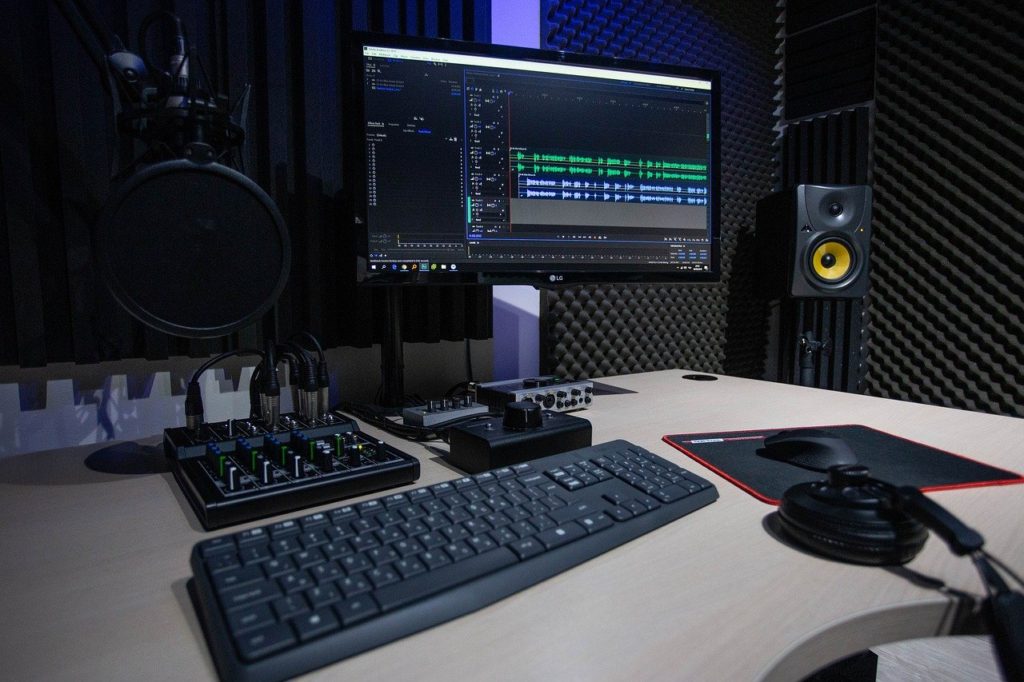There are many ways to go with this exercise for overcoming writer’s block in your songwriting. We could’ve also talked about the smell/taste of the salty sea air and how cold the breeze felt.
Alternately, we might have created a character to climb around the rocks. That way we’d have been able to describe his feeling of weight as he hangs from a cliff. Or we could have written of his inner ear sense of motion if we’d decided to make him fall.
By making a character, we can start asking questions like: Is he the adventuring geologist Oklahoma Smith? Or possibly a pirate looking for buried treasure?
As you look at one static picture, suddenly all sorts of prospects for scene, plot, and character suggest themselves. When I look at a photo, I try to pull out the different senses: sight, hearing, touch, taste, and smell. You can also try to describe the feeling of weight and the feeling of motion. You won’t get all of these from every picture, but you should try.
One note of caution, when using description, try to let it unfold with the action of the plot. (Yes, even tiny songs can have plots!) Otherwise, your listeners can become bored from all the static images.
As an example:
The brown, leather address book sat on the desktop.
Versus:
She felt flustered and tried to hide it by casting down her eyes to the desktop next to her. She picked up the brown, leather address book to give her hands something to do.


